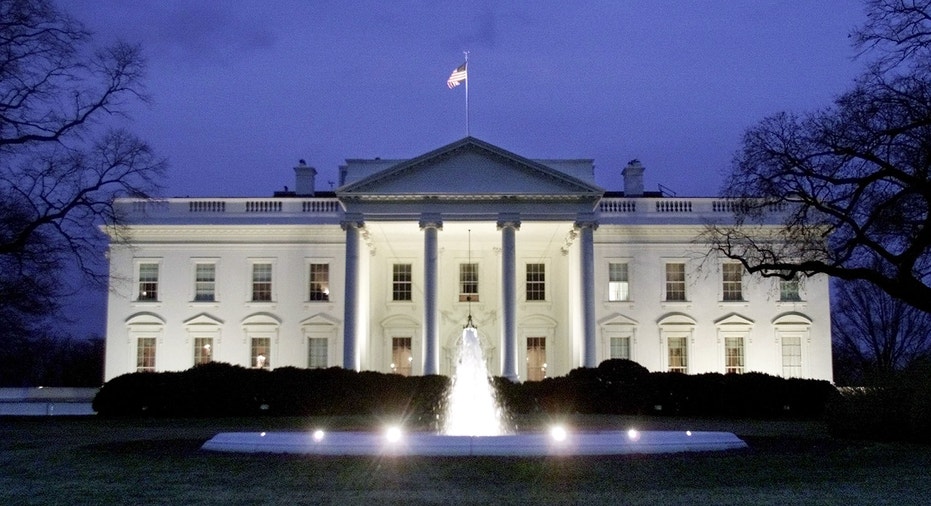How to Plan for Potential Tax Changes in 2013

The election is over and everyone is holding their collective breath to see what will happen during President Barack Obama’s second term. We are again looking at a Democrat Senate and a Republican House with a couple of shifts in party seats, which could lead to the same partisan bickering scenario that we’ve witnessed with sorrow during the last four years.
In his concession speech, Republican presidential candidate Mitt Romney called for a meeting of minds and an end to dissension. Obama also called for an end to political gridlock to move the country forward. Will that happen? It is difficult to predict what our economic future holds unless we can be certain of cooperation between the parties.
One issue that proves to be a priority with both parties is the expiration of the Bush tax cuts. If this occurs, the maximum rate will increase to 39.6% from the current rate of 35%.
With the expiration of the Bush tax cuts possibly on the table, here are other tax-related changes that might be coming down the pipeline next year that should be taken into account when financial planning:
Alternative Minimum Tax (AMT). Tax law changes affecting the Alternative Minimum Tax will become an issue when more middle class folks are roped into this additional tax. Currently, the tax code includes many non-refundable personal tax credits, such as the dependent care credit and residential energy credit, among others. Claiming these credits may push an individual into the AMT. The Tax Increase Prevention and Reconciliation Act of 2005 extended current law to allow most non-refundable personal tax credits to be claimed against the AMT so that families continue to receive the full benefit of these tax credits.
Hopefully, the alternative minimum tax will be addressed to help alleviate the tax burden on the middle class. This tax was intended to level the playing field and to assess an additional tax on the rich as a foil against their tax strategies that enabled them to pay less than their fair share. Somehow the original intent became muddied and as the years rolled on, income levels to which the tax were subject were never adjusted for inflation. Instead of hitting the wealthy, the cuts began hitting Middle America. Perhaps our Congress persons will consider including capital gains as a preference item for the AMT. After all, it has already been disclosed that many wealthy Americans pay a mere 15% in taxes simply because that is the current capital gains rate. If capital gains income were thrown into the mix to calculate AMT, those effective tax rates will certainly rise.
Capital gains. Speaking of capital gains, another initiative that may be introduced as part of reworking the tax code is to raise capital gains rates from 15% to as high as 23.8%. Opponents cry that capital gains rates must remain at 15% to encourage investment while supporters argue investors will forever invest whether the capital gains rate is 15% or 50%. A wise investor will shape the investment to suit his needs and consider the tax liability in his or her calculations. An investor has more important motivational considerations than a tax rate.
The lesson here is to review your portfolio with an eye to changes that will likely occur in 2013. Consider selling appreciated stocks in order to take advantage of the current low capital gains rates. Put off paying for deductible expenses until 2013 when the deduction will be more to your advantage, and consult your tax pro to design a tax plan that works for you and minimizes your taxable income.
Bonnie Lee is an Enrolled Agent admitted to practice and representing taxpayers in all fifty states at all levels within the Internal Revenue Service. She is the owner of Taxpertise in Sonoma, CA and the author of Entrepreneur Press book, “Taxpertise, The Complete Book of Dirty Little Secrets and Hidden Deductions for Small Business that the IRS Doesn't Want You to Know.” Follow Bonnie Lee on Twitter at BLTaxpertise and at Facebook.



















